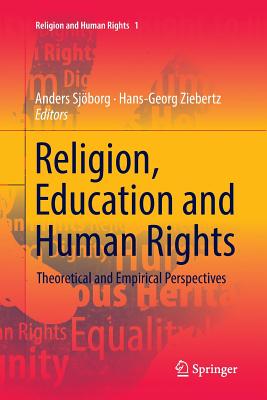E-Learning Practice in Higher Education: A Mixed-Method Comparative Analysis (Studies in Systems, Decision and Control)
暫譯: 高等教育中的電子學習實踐:混合方法比較分析(系統、決策與控制研究)
Sayed Hadi Sadeghi
相關主題
商品描述
This book investigates e-learning practices at American and Australian institutes of higher learning, their status quo, best-practice examples, and remaining issues. Utilizing a mixed-methods approach, it combines three studies – two using quantitative methods and a third using qualitative methods – in order to gauge the status quo of e-learning.
The first study addresses the dominant cultural dimensions, revealing that the main explanation for the results may be the fact that most suppliers of the Australian university’s e-learning system had an East Asian cultural background and predominantly traditional perspectives on learning. In Study 2, the findings indicate that the levels of e-learning practice at the Australian and US universities surveyed were above average, although the American university was ranked higher in terms of e-learning practices.
In turn, Study 3 investigates current problems in e-learning practice on the basis of four aspects – pedagogy, culture, technology and e-practice – and determines that cultural sensitivity and effective cultural practices show room for improvement, while key technological challenges and issues like faculty polices, quality, LMS, and online support need to be overcome.
In general, the outcomes suggest that it is essential for the Australian university surveyed to further develop and update its e-learning system, especially in terms of e-practice, using the same technologies that pioneering countries like America are employing. Indeed, the combination of adopting patterns successfully used in other countries, and adjusting them to the Australian culture, represents the best strategy for educational decision and policy makers.
This book provides the basis for designing a culture-sensitive framework for higher education e-learning practice in American and Australian contexts. Moreover, students’ and teachers’ experiences with e-learning in a comparative higher education context can help higher education instructors and university managers to understand how e-learning relates to, and can be integrated with, other experiences of learning and teaching.
商品描述(中文翻譯)
本書探討美國和澳洲高等教育機構的電子學習實踐、現狀、最佳實踐範例及尚待解決的問題。採用混合方法的研究方式,結合三項研究——兩項使用定量方法,第三項使用定性方法——以評估電子學習的現狀。
第一項研究針對主導文化維度進行分析,顯示結果的主要解釋可能是大多數澳洲大學電子學習系統的供應商擁有東亞文化背景,並對學習持有以傳統為主的觀點。在第二項研究中,結果顯示受調查的澳洲和美國大學的電子學習實踐水準均高於平均水平,儘管美國大學在電子學習實踐方面的排名較高。
第三項研究則基於四個方面——教學法、文化、技術和電子實踐——調查電子學習實踐中的當前問題,並確定文化敏感性和有效的文化實踐有改進的空間,而關鍵的技術挑戰及如教職員政策、質量、學習管理系統(LMS)和線上支持等問題需要克服。
總體而言,結果表明受調查的澳洲大學必須進一步發展和更新其電子學習系統,特別是在電子實踐方面,應使用美國等先進國家所採用的相同技術。事實上,成功採用其他國家使用的模式並調整以符合澳洲文化,代表了教育決策者和政策制定者的最佳策略。
本書為設計適合美國和澳洲背景的高等教育電子學習實踐的文化敏感框架提供了基礎。此外,學生和教師在比較高等教育背景下的電子學習經驗可以幫助高等教育教師和大學管理者理解電子學習如何與其他學習和教學經驗相關聯並整合。











